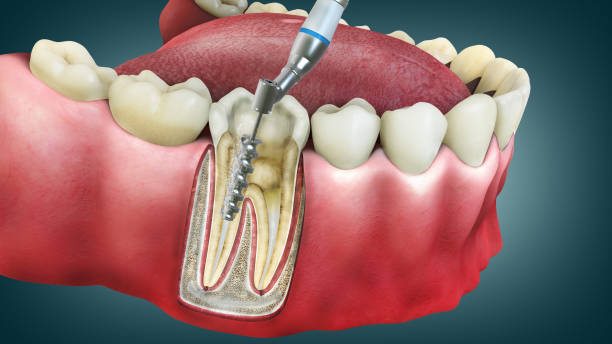Introduction
When faced with a severe tooth infection, seeking root canal therapy becomes imperative. This treatment, often referred to as tooth infection treatment, is a crucial procedure aimed at salvaging a deeply infected tooth. Despite its reputation for being daunting, understanding the process and its benefits can alleviate apprehensions.
Understanding Root Canal Therapy
Root canal therapy is a dental procedure designed to remove infected pulp from the tooth’s interior. This infected pulp, containing nerves, blood vessels, and connective tissues, can cause excruciating pain if left untreated. Tooth infection treatment involves cleaning and disinfecting the inside of the tooth to prevent further spread of infection.
The Procedure
During root canal therapy, the dentist carefully removes the infected pulp, cleans the interior of the tooth, and seals it to prevent reinfection. This process effectively halts the progression of the infection and preserves the natural tooth, avoiding the need for extraction. Tooth infection treatment not only relieves pain but also restores functionality to the affected tooth.
Signs You Need Root Canal Therapy
Recognizing the need for root canal therapy is crucial for timely intervention. Symptoms such as severe toothache, sensitivity to hot and cold, swelling of the gums, and persistent bad breath indicate a possible tooth infection requiring tooth infection treatment. Ignoring these signs can lead to complications and necessitate more invasive procedures.
Benefits of Root Canal Therapy
Choosing root canal therapy over extraction offers several advantages. Firstly, it preserves the natural tooth, maintaining proper alignment and preventing adjacent teeth from shifting. Additionally, tooth infection treatment is less invasive and typically involves minimal discomfort compared to tooth extraction. Moreover, preserving the natural tooth with root canal therapy helps maintain normal biting and chewing functions.
Post-Treatment Care
Following root canal therapy, proper post-treatment care is essential for optimal healing. Dentists often recommend avoiding hard or sticky foods, practicing good oral hygiene, and attending follow-up appointments to monitor progress. Adhering to these guidelines ensures the success of tooth infection treatment and promotes long-term oral health.
Conclusion
Root canal therapy serves as a cornerstone in tooth infection treatment, offering a reliable solution for salvaging infected teeth. By understanding the procedure, recognizing the signs of infection, and prioritizing post-treatment care, individuals can effectively address tooth infections and preserve their natural smiles. Don’t let fear deter you; seek root canal therapy to alleviate pain and restore dental health.











